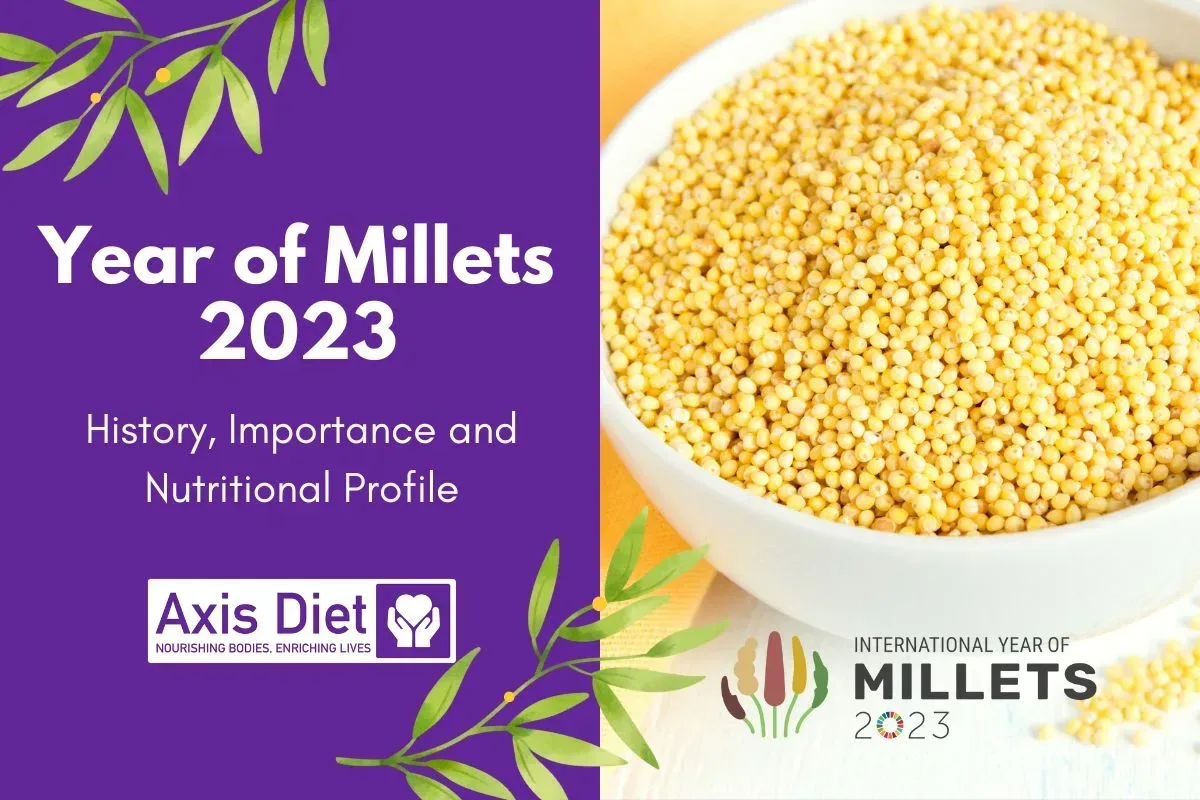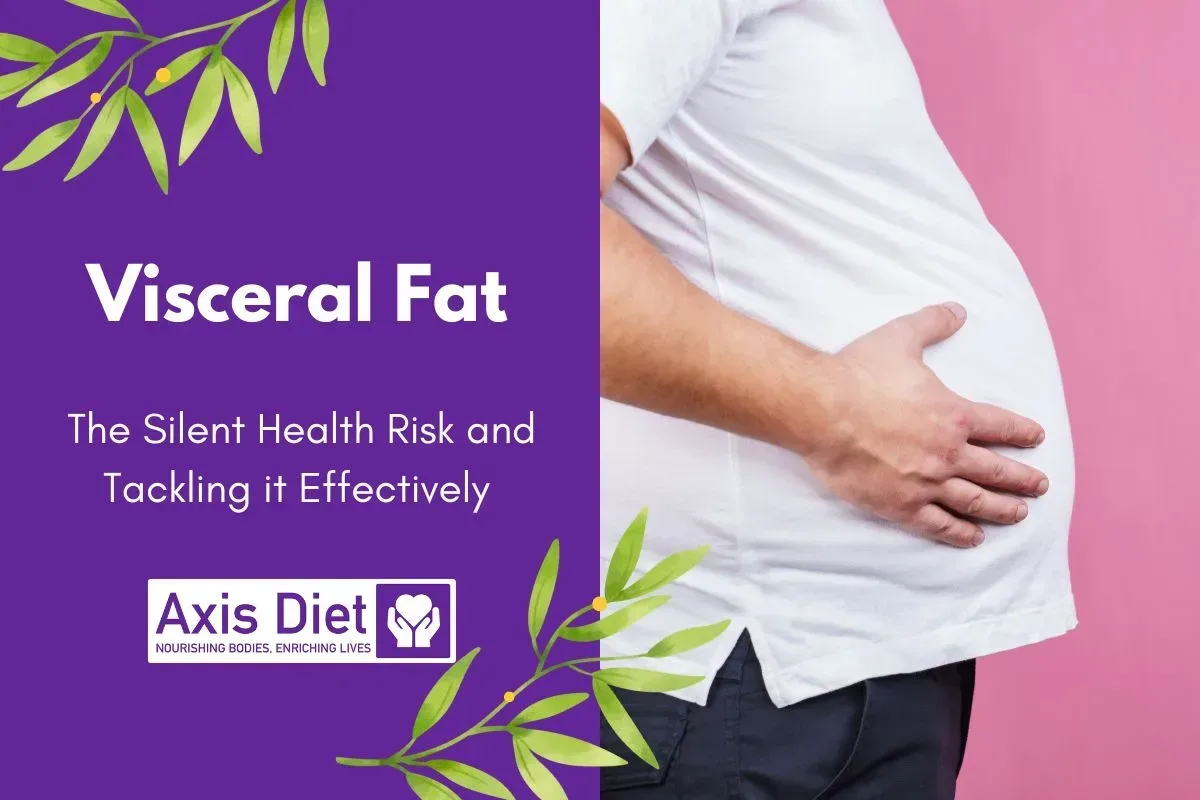Intermittent fasting (IF) has quickly become one of the world’s most popular health and fitness trends. Its advocates claim that it not only helps with weight loss but also improves overall health and simplifies lifestyles. This article will delve into the basics of intermittent fasting, its potential benefits, different methods, and some precautions to consider.
Understanding Intermittent Fasting
Intermittent fasting isn’t a diet in the conventional sense but rather an eating pattern. It doesn’t prescribe what foods to eat, but rather when to eat them. In essence, IF alternates periods of eating and fasting. The goal is to consciously plan your meal times so that you can get the most out of them.
Different Methods of Intermittent Fasting
Intermittent fasting is a highly versatile practice, and there are several different ways to integrate it into your lifestyle. All methods split the day or week into eating and fasting periods, but the lengths of these periods can vary significantly. Here are a few of the most popular methods:
- The 16/8 method: Also known as the Leangains protocol, this method involves fasting for 16 hours each day and eating only during an 8-hour window. Most people who follow this method choose to eat between noon and 8 p.m., as it essentially means skipping breakfast and not eating anything after dinner. However, you can adjust the eating window to fit your schedule. It’s important to note that it’s still necessary to eat healthy foods during your eating window and not consume more calories than you need.
- Eat-Stop-Eat: This method involves a 24-hour fast once or twice a week. For example, you might eat dinner one day and then not eat again until dinner the next day, which equates to a full 24-hour fast. This method can be more challenging than the 16/8 method, especially for beginners. As with the 16/8 method, it’s crucial to eat healthy foods and not overeat on non-fasting days.
- The 5:2 diet: On this diet, you eat normally five days of the week and restrict your calorie intake to 500-600 calories on two non-consecutive days of the week. For example, you might eat normally every day except Tuesdays and Fridays, when you eat two small meals of 250-300 calories each.
- Alternate-day fasting: As the name suggests, this method involves fasting every other day. Some versions allow about 500 calories on the fasting days. This is a more extreme form of intermittent fasting and may not be suitable for beginners or those with certain health conditions. It’s important to consult with a healthcare provider before starting this type of fasting regimen.
- The Warrior Diet: This diet involves eating small amounts of raw fruits and vegetables during the day and one large meal at night, effectively fasting most of the day and eating a big meal in the evening within a 4-hour window.
Remember, it’s important to experiment with different methods and find what suits your lifestyle and preferences best. Each of these methods can be effective, but figuring out what works best depends on the individual. For some people, fasting for 24 hours can be very challenging, while for others, the 16/8 method may feel more natural. Also, it’s critical to consult with a healthcare provider before starting any new dietary regimen. This is particularly true for those with underlying health conditions, pregnant or breastfeeding women, or individuals with a history of disordered eating.
Potential Benefits of Intermittent Fasting
Several studies have suggested that intermittent fasting may provide numerous benefits. These include:
- Weight Loss: As mentioned earlier, intermittent fasting can help you lose weight and belly fat, without having to consciously restrict calories.
- Improved Mental Clarity: Some people report improved concentration and cognitive function during fasting periods.
- Insulin Resistance: Intermittent fasting can reduce insulin resistance, lowering blood sugar by 3–6% and fasting insulin levels by 20–31%, which should protect against type 2 diabetes.
- Inflammation: Some studies show reductions in markers of inflammation, a key driver of many chronic diseases.
- Heart Health: Intermittent fasting may reduce “bad” LDL cholesterol, blood triglycerides, inflammatory markers, blood sugar, and insulin resistance — all risk factors for heart disease.
Precautions and Risks
While intermittent fasting can be beneficial, it’s not suitable for everyone. Those who are underweight or have a history of eating disorders should not fast. Furthermore, women who are trying to conceive or have a history of amenorrhea, and individuals with a history of adrenal fatigue, should proceed with caution. Checkout article from Johns Hopkins: Intermittent Fasting: What is it, and how does it work?
There is also a risk of overeating during non-fasting periods, which could negate the benefits of the fasting period. Maintaining a balanced and healthy diet during eating periods is crucial.
Finally, it’s important to note that while intermittent fasting has been shown to offer several health benefits, more research is needed. Particularly long-term studies in humans to fully understand the effects and potential risks.
Summary
In conclusion, intermittent fasting can be a powerful tool when used correctly. It offers a way to control calorie intake and may provide numerous health benefits. However, it’s not a magic bullet, and it’s equally important to eat healthy foods and maintain a balanced diet during eating periods. As with any diet or lifestyle change, it’s recommended to consult with a healthcare provider or nutritionist before starting.
For a deeper dive into the role and importance of protein in a balanced diet, check out this comprehensive article from Axis Diet: Protein Power: The Role of Protein in a Balanced Diet and The Diet Balance: Setting your Nutrition Compass Right.






[…] a world filled with diet fads and confusing food trends, it’s easy to lose sight of what balance really means. It’s not just about eating the right […]